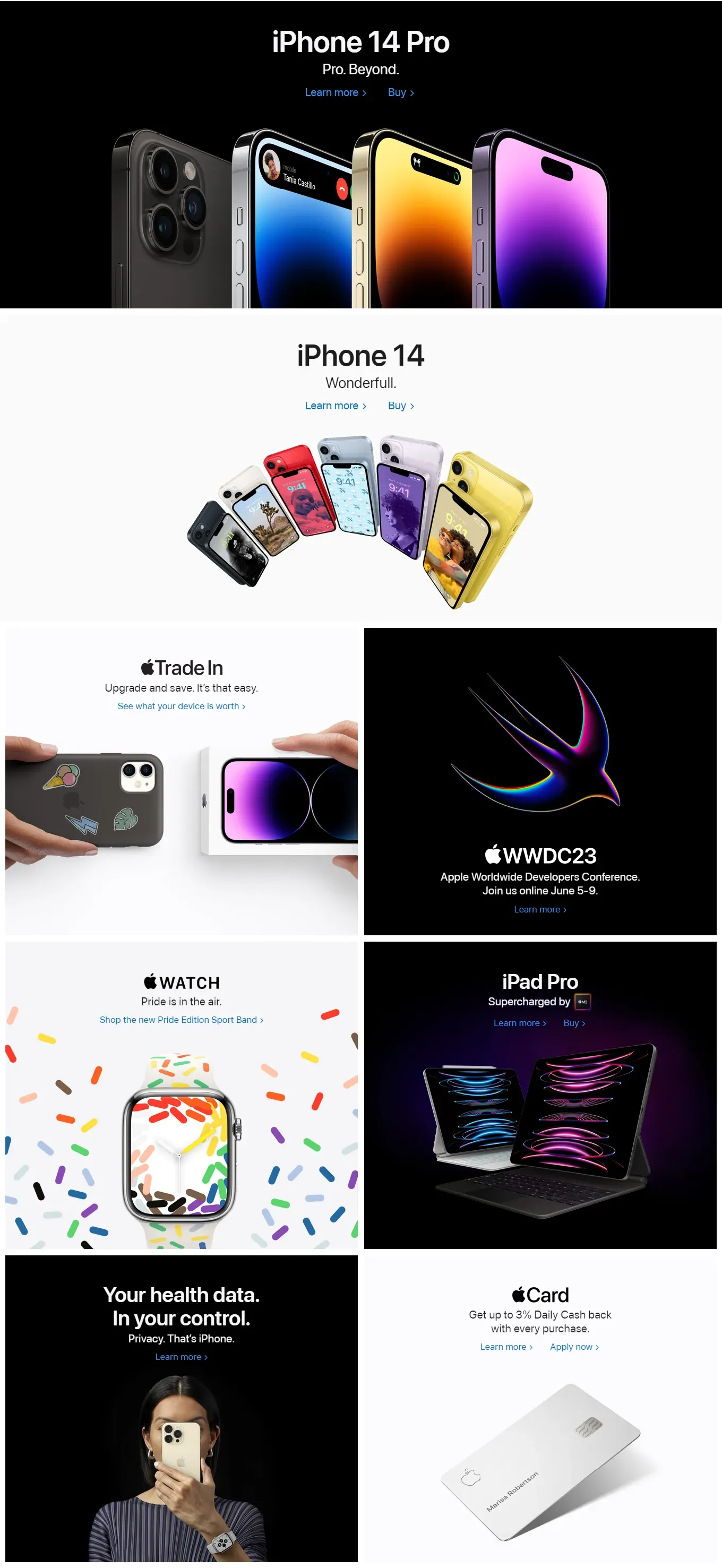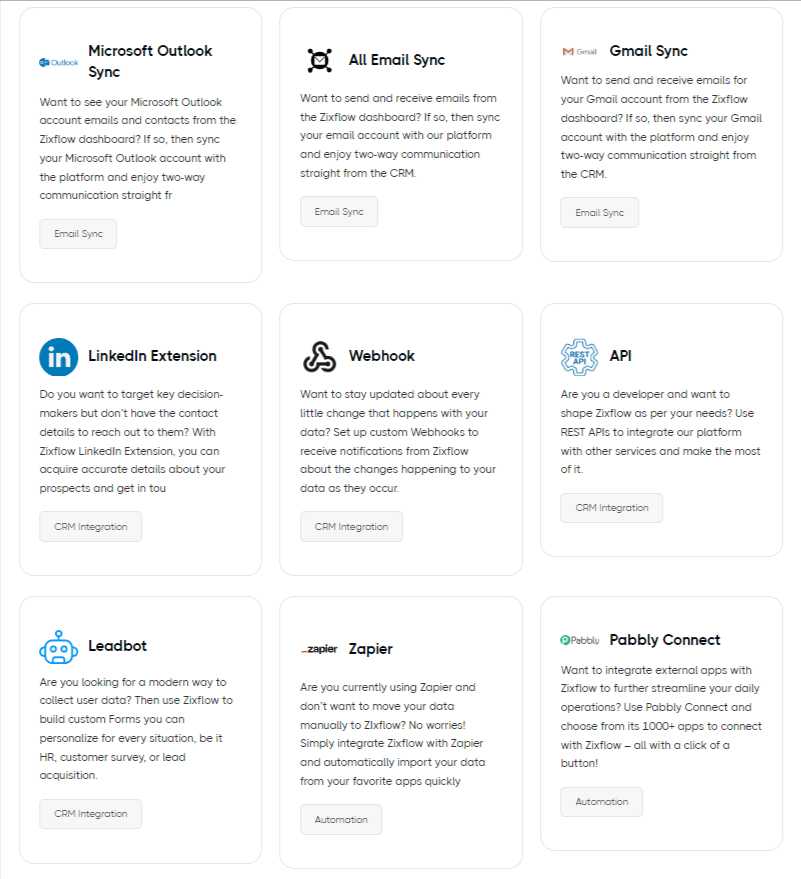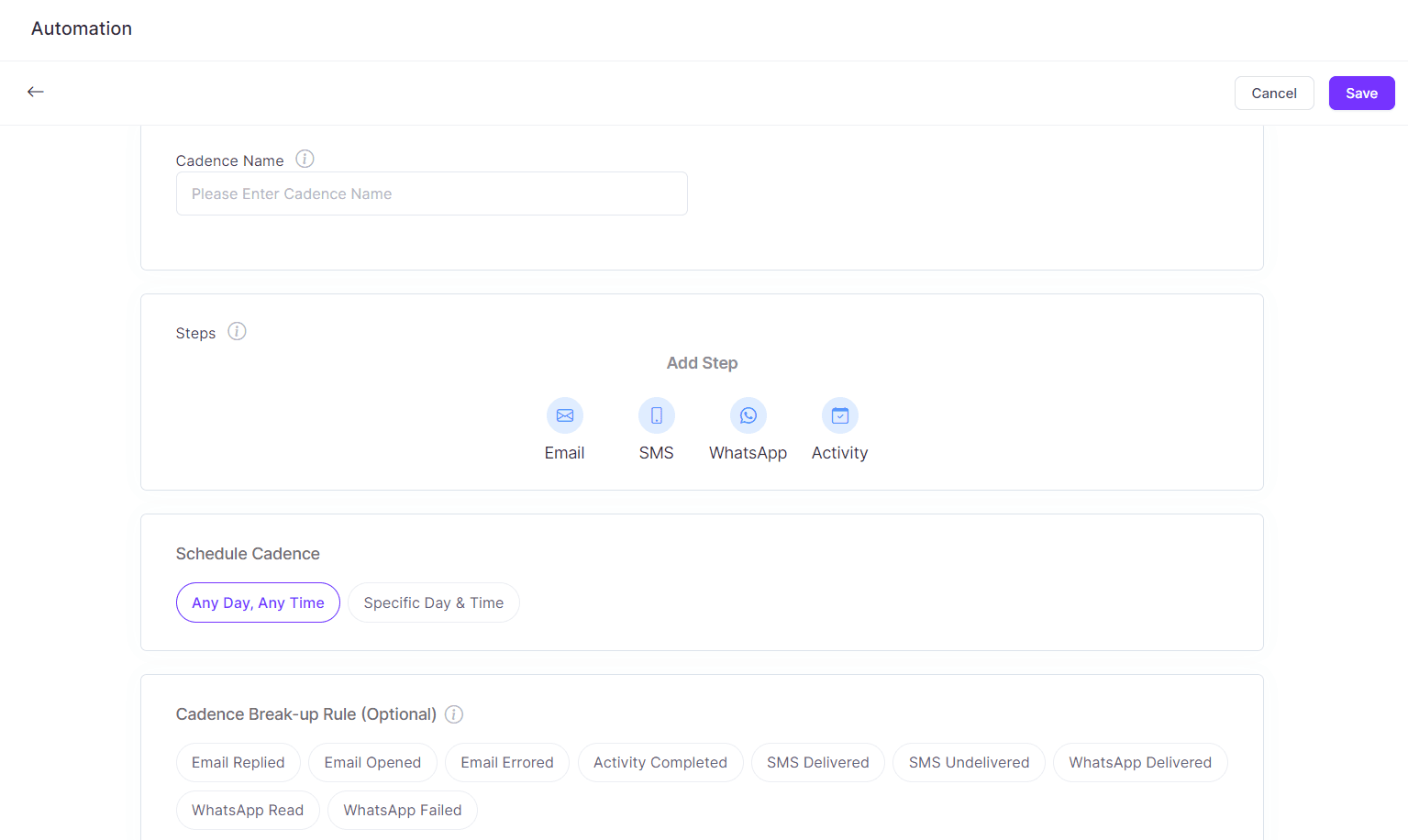6 Vital Must-Do Sales Engagement Activities in 2025

In 2025, sales teams face new challenges and opportunities to engage with customers and drive sales success. To stay ahead, you should choose the best sales engagement plan and focus on vital activities that will enhance your sales engagement strategies. Before you move ahead, remember that it’s important to stay updated with the latest industry news, learn from various resources such as sales engagement podcasts and books, participating in webinars, and, of course, reading our informative blogs.
This article outlines the essential sales engagement activities that you should prioritize in 2025, including identifying target audiences, creating compelling sales messaging, and leveraging technology to drive results.
By incorporating these key activities into their sales process, you can stay ahead of the curve and achieve your sales goals in the year ahead.
Vital sales engagement activities you must implement to grow your sales
Sales enablement activities are designed to equip your sales staff with the essential information, technology, and assets to interact with prospects and market your offerings. With that said, here are the crucial sales enablement activities you should incorporate into your sales process to boost your sales:
Align your sales team with the marketing team
Aligning sales and marketing teams can significantly improve sales engagement by ensuring that both teams work towards the same goals and use consistent messaging and strategies.
A good collaboration between the marketing and sales team can have several benefits for your business, such as:
Consistent brand messaging
You need consistency in branding. Whether you're reaching out to a prospect, sharing a social media post, or providing customer support – the tone, content style, and graphical elements should follow predefined brand guidelines. As per Forbes, having consistent business communications can boost your revenue by up to 23%.
When both teams are aligned, the brand message is consistent across all touchpoints with potential customers, leading to greater brand recognition and credibility.
For example, the marketing team creates a brand message centered around the product's unique value proposition. This message is then shared with the sales team, who use it to create consistent and compelling sales messaging when engaging with potential customers.
Take Apple for instance, everything that it does is consistent with its brand’s message. It uses a lot of graphics and one-line descriptions to market its products. Apple makes sure that people can recognize its product from a sea of phones. And that is consistent branding.

Improved lead qualification
Proper lead qualification is critical for a successful business. You should prepare a list of sales qualifying questions for lead qualification process. Otherwise, both your sales and marketing teams will be wasting time on poor leads while your competitors end up with high-value leads.
By working together, marketing can provide sales with qualified leads, increasing the effectiveness of the sales engagement process.
Marketing uses data and analytics to identify high-quality leads and passes them along to the sales team. For example, Zixflow’s lead generation chatbot helps you automatically generate leads. It is a simple yet powerful tool that you can add to your website and it will automatically engage with your visitors and provide lead data.
The sales teams can provide feedback and insights on the quality of leads and what messaging is resonating with potential customers, while marketing teams can adjust their strategies based on this feedback. The sales team then uses this information to prioritize outreach and focus on the most promising prospects.
Targeted outreach
By sharing data and insights, marketing and sales can gain a better understanding of the target audience, including their needs and pain points. This will allow them to create more targeted and personalized outreach emails using Zixflow, increasing the effectiveness of the sales engagement process.
Improved collaboration
By aligning sales and marketing teams, both groups can collaborate on initiatives, leading to greater cross-functional problem-solving and a more streamlined sales engagement process.
Sales engagement platforms, like Zixflow, come with integrated sales CRM software, which allows you to better collaborate with others because all the details are present in a single database.
On top of that, you can integrate many third-party applications to Zixflow to further improve the collaboration between your teams.

Improve the content quality of the sales copy
Improving the quality of sales content can significantly impact the sales engagement process, leading to increased engagement and improved sales results. Here's how:
-
Increased relevance: High-quality sales content is tailored to the specific needs and pain points of the target audience, increasing its relevance and making it more likely to engage customers.
-
Better credibility: Well-researched and expertly crafted sales content enhances the credibility of your company, building trust with potential customers.
-
Enhanced engagement: Compelling and engaging sales content encourages potential customers to take action, whether it's scheduling a demo or making a purchase.
Optimize the sales follow-up processes
Optimizing sales follow-up processes refers to making improvements to the way you follow up with potential customers to increase the effectiveness of the sales engagement process.
This can include streamlining processes, automating certain tasks, and personalizing outreach to better meet the needs of each potential customer. Examples of optimizations that can be made to the sales follow-up process include the following:
- Automating email and/or SMS campaigns to reach out to potential customers at the right time.
- Implementing modern salesOS like Zixflow to manage and track follow-ups, leads, and customer interactions.
- Personalizing messaging and approach based on customer data and insights.
- Prioritizing and organizing follow-ups based on lead quality and customer engagement level.
The goal of optimizing the sales follow-up process is to increase the efficiency and effectiveness of the sales engagement process, leading to improved customer engagement and increased sales success.
And if you are looking for a solution that will help you with these actions, then look no further than Zixflow. It is complete sales software that lets you optimize your sales process and ensures that everything is running smoothly.
Use automation in the sales engagement process
Sales automation is a critical tool for improving sales engagement efficiency and productivity. You should utilize automation to streamline redundant activities and concentrate on critical tasks, such as planning out inbound and outbound sales strategy activities, building establishing relationships and closing sales.
Here are some steps to implement automation to improve sales engagement:
Define your sales process
The first step in implementing sales automation is to define your sales process. This involves mapping out the steps in your sales process, identifying the key touchpoints and milestones, and understanding the specific tasks and activities that need to be completed at each stage.
Identify areas for automation
Once you have defined your sales process, the next step is to identify areas where sales automation can be applied. Look for tasks and activities that are repetitive, time-consuming, or prone to error, such as data entry, lead generation and nurturing, and follow-up. These are ideal candidates for automation in order to accomplish time management in sales. Check out this video to understand how Zixflow can automate your sales workflows.
Define workflows and triggers
To make the most of your sales automation tools, you need to define workflows and triggers that automate tasks and activities at each stage of your sales process. This includes setting up email sequences, lead scoring, and follow-up tasks based on specific triggers and conditions.

Train your sales team
It's essential to train your sales team on how to use the tools and technology effectively. This includes training on how to set up workflows, how to use the tools to automate tasks and activities, and how to interpret the data generated by the tools to improve sales engagement.
“Stop looking for the best leads and start creating the best salespeople.” – Rob Liano
Sales training is an essential part of a good sales enablement ecosystem that ensures sales teams are equipped with the skills and knowledge necessary to succeed in today's competitive business environment.
They should receive ongoing training and coaching to develop their skills and stay up-to-date on the latest sales engagement trends.
Here are some steps to provide effective sales training for improving sales engagement:
Identify areas of improvement
The first step in providing sales training is to identify the areas of improvement. Analyze your sales team's performance to identify the skills and knowledge gaps that are hindering their performance. This could include areas such as communication skills, objection handling, product knowledge, or sales process understanding.
Develop a training plan
Once you have identified the areas of improvement, develop a training plan that addresses those areas. The training plan should include clear learning objectives, training materials, and a timeline for implementation.
Use a variety of training methods
Using a variety of training methods can help make the training more engaging and effective. Consider using a mix of in-person training, online training, role-playing, gamification, and peer-to-peer coaching. This keeps the training interactive, relevant, and practical.
Make it relevant
Making the training relevant to your sales team's specific needs is essential for engagement and effectiveness. Use real-life scenarios and examples that your team can relate to and make the training content practical and actionable.
Track and measure progress
Use key performance indicators (KPIs) such as the number of closed deals, the conversion rate, or the average deal size to track progress. Provide regular feedback and coaching to your sales team to help them improve their performance.
For instance, Zixflow offers a robust analytics dashboard that lets monitor key metrics and see how well your training is paying off.
Provide ongoing training and support
Providing ongoing training and support is essential for maintaining the effectiveness of the training and keeping your sales team engaged.
Schedule regular meeting sessions, provide access to sales resources, and encourage ongoing learning and development. This will enable your sales staff to keep up with the latest trends and methodologies.
Monitor and optimize
Finally, it's important to monitor the performance of your sales engagement strategies and efforts and see where you are headed. This includes tracking metrics such as email open rates, click-through rates, and conversion rates and using the data to refine your sales engagement process.
Here are some important metrics to monitor for sales engagement:
Response rates
This metric measures the percentage of prospects who respond to your outreach efforts, such as emails or phone calls.
A high response rate indicates that your messaging is resonating with your target audience and can lead to more meaningful conversations and increased sales.
Conversion rates
Evaluates the percentage of prospects who take a desired action, such as subscribing to a newsletter or making a purchase.
A high conversion rate indicates that you are engaging with prospects effectively and providing the value they need to make a decision.
Sales velocity
Indicates the speed at which the deals are being closed. It takes into account the number of deals closed, the average deal size, and the length of the sales cycle.
A high sales velocity indicates that you are closing deals quickly.
Customer satisfaction
As you can guess from the name, this metric monitors how satisfied your customers are with your product or service.
A high level of customer satisfaction indicates that you are providing a good sales experience and a valuable solution to their needs.
Activity metrics
These metrics access and highlight the quantity and quality of your sales team's activities, such as the number of calls made or emails sent.
By tracking these metrics, you can identify areas where your sales team may need additional support or training.
Once again, to track your sales engagement indicators, you can utilize the analytics panel of Zixflow which enables you to see raw data in the form of visually appealing pie charts and graphs.
Crush your sales goals with these sales engagement activities
In a world where customers are constantly bombarded with countless sales pitches every day, sales engagement has become more important than ever before.
Simply pushing a product or service to potential customers is no longer enough. To truly stand out from the mass and make an impact, you need to take a more personalized and relationship-driven approach to sales.
By implementing these strategies, you'll be well on your way to achieving greater sales success in 2025 and beyond. But wait! Do you have a sales engagement platform to streamline the process and make implementing these strategies easy? If not, go for or switch to Zixflow!
With Zixflow, you can easily implement all above sales engagement strategies and make an informed decision. So, don’t wait till tomorrow. Reach out to our team today and get tailored solutions for your sales engagement activities.
Happy selling!
